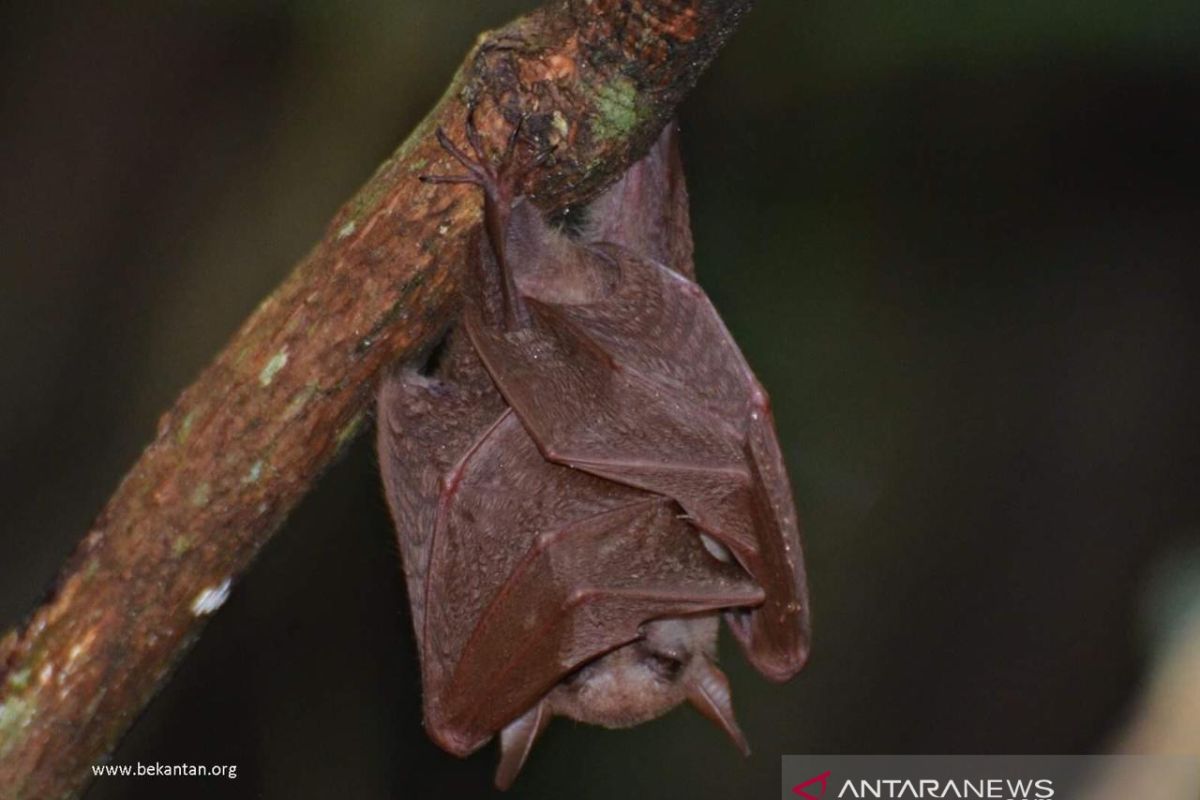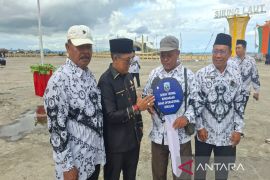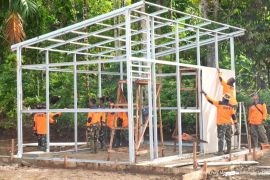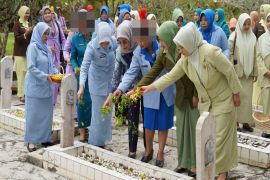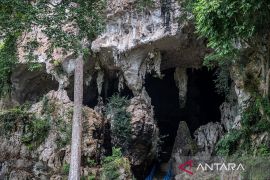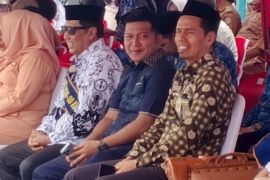Banjarmasin, S Kalimantan (ANTARA) - Researchers at Bekantan Research Station in Curiak Island observed the presence of long-tongued nectar megabats, a bat species that play a significant role in mangrove ecosystems, in the island in Barito Kuala District, South Kalimantan. Of the 48 megabats found on the three-hectare island managed by the Indonesia Friends of Bekantan (SBI) Foundation and Lambung Mangkurat University, 27 of them are of the Macroglossus minimus species or also known as long-tongued nectar bat.
"The discovery of the megabats has shown that Curiak Island has become one of their habitats to seek food. Most of the megabats, or some 27 individually, are of Macroglossus minimus, whose tongue is twice as long as its snout," head of the SBI Amalia Rezeki said.
The species were suspected to be seeking nectar in the rambai mangrove trees as one of their food items, she added.
The megabats comprised five species namely Cynopterus brachyotis, Cynopterus minitus, Cynopterus sphinx, Eonycteris spelaea and Macroglossus minimus.
The long-tongued nectar bat plays a significant role in the mangrove ecosystem in the island, especially in helping mangrove pollination, the head of the bat research team of the SBI, Muhammad Rezha Fahlevi, said.
SBI has continued to restore mangrove ecosystem in the area that has become a home for the endangered Proboscis monkey, known locally as the bekantan. It invited all elements of the society to plant rambai trees, a favorite food of the long-nosed monkey.
Related news: Saving Julia and Cykita


